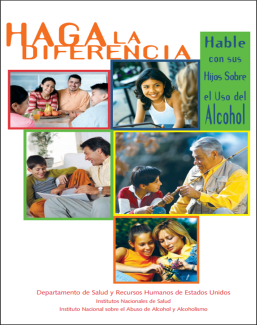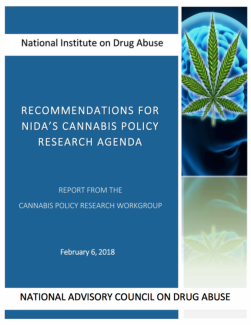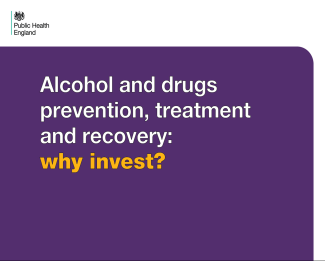Reducing the risk factors and enhancing the protective factors associated with initiating substance use.
Prevention
Make a difference, talk to your children about the use of alcohol
Many people think that to avoid or keep away a problem, the best thing you can do is not to talk about it. Unfortunately, this idea is very common when it comes to consumption of alcohol, tobacco and other drugs, especially among young...

Reduction of Mortality Following Better Detection of Hypertension and Alcohol Problems in Primary Health Care in Spain
Abstract Through a simulation study, we estimated the potential effects of better detection of hypertension and improved screening for alcohol problems with subsequent interventions. Results showed that if 50% of Spanish males between 40...
Reduction of mortality through improved detection of high blood pressure and problems with alcohol in primary health care in Spain
Overview The potential benefits that can lead to an improvement in the detection and treatment of high blood pressure and alcohol-related problems are studied through a simulation. The results show that if Spanish 50% of men between 40 and...
Contribution of Alcohol Use Disorders to the Burden of Dementia in France 2008–13
Summary Background Dementia is a prevalent condition, affecting 5–7% of people aged 60 years and older, and a leading cause of disability in people aged 60 years and older globally. We aimed to examine the association between alcohol use...
Cigarette Brand Preference and Pro-Tobacco Advertising among US Middle and High School Students
Summary What is already known about this topic? Nearly all adult smokers first try cigarettes before the age of 18 years. Tobacco-advertising activities, among other factors, including peer influence and price, are associated with...
3rd ICUDDR Conference
The 3rd ICUDDR Conference will take place in San Diego from June 4 – 5, 2018.

Recommendations for NIDA's Cannabis Policy Research Agenda
The National Institute on Drug Abuse (NIDA) has released a new report Recommendations for NIDA's Cannabis Policy Research Agenda. The document has been prepared by the National Advisory Council on Drug Abuse Workgroup which was formed in...

Alcohol and Drugs Prevention, Treatment and Recovery: Why Invest?
Estimates show that in the UK the social and economic costs of alcohol related harm amount to £21.5bn, while harm from illicit drug use costs £10.7bn. These include costs associated with deaths, the NHS, crime and, in the case of alcohol...

Mentor Launches Quality Mark for Alcohol and Drugs Education
Mentor UK, an organisation focused on drug prevention and education, have launched a Quality Mark for alcohol and drugs education. The quality mark has been developed in addition to a set of developmental quality standards for schools and...

Longitudinal Patterns of Marijuana Use across Ages 18-50 in a US National Sample
Background This descriptive study identified latent classes of longitudinal marijuana use from ages 18 through 50 among a national sample; examined covariate associations with class membership regarding use/non-use, use intensity, and use...